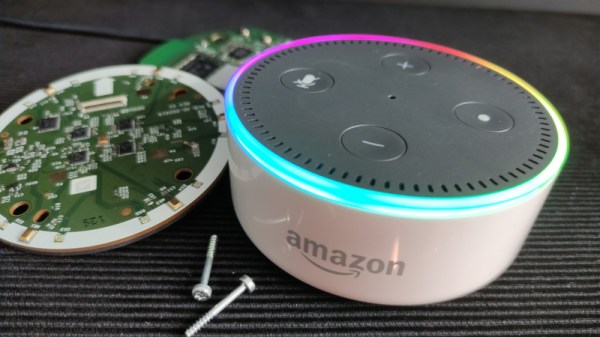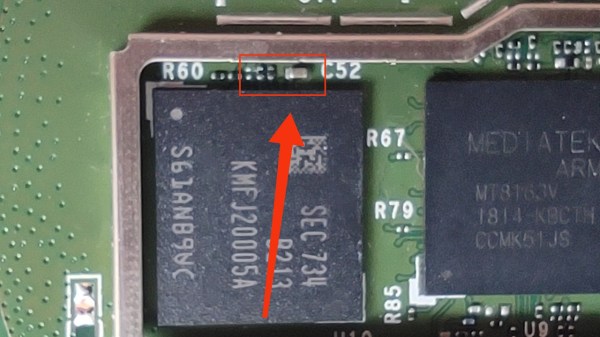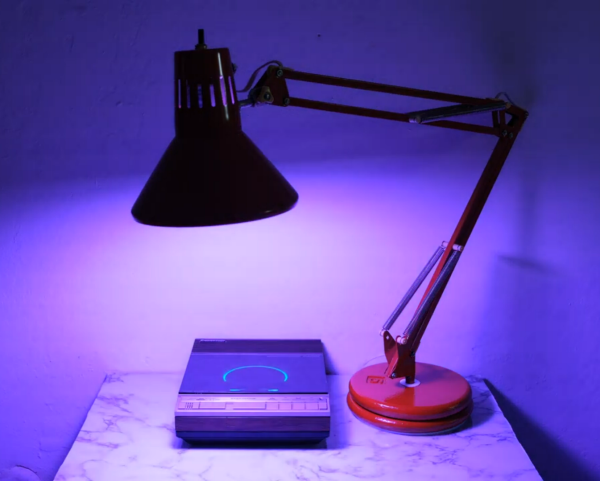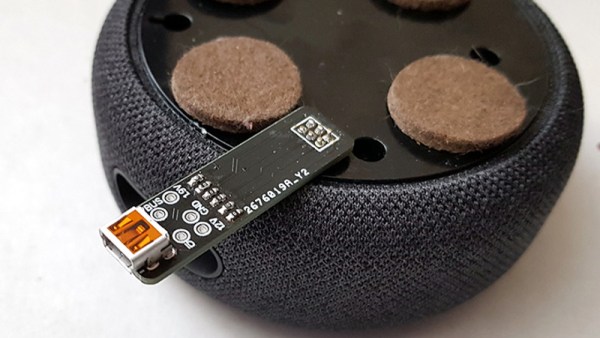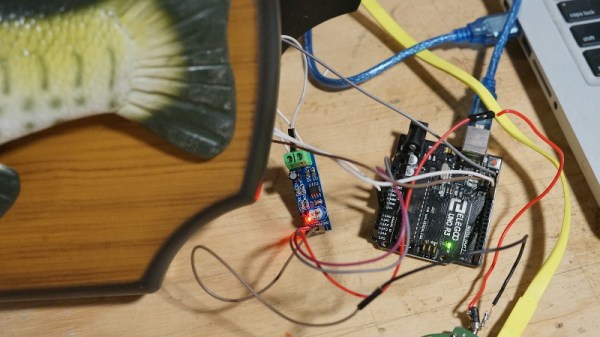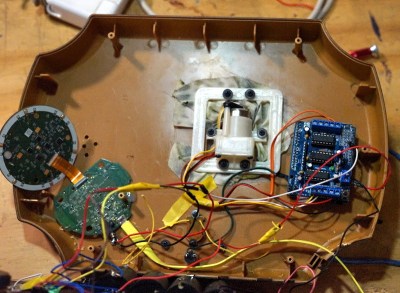The Amazon Echo has become an indispensable device for many people unconcerned by its privacy implications. It’s easy to forget that it’s not quite a new product anymore, with the oldest examples now long in the tooth enough to no longer receive security updates. A surprise is that far from being mere clients to Amazon cloud services, they in fact run a version of Android. This makes old dots interesting to experimenters, but first is it possible to gain root access? [Daniel B] has managed it, on a second-generation Echo Dot.
In a sense, this is nothing new, as root has previously been achieved on an Echo Dot through means of a patched kernel. Echo devices use a chain of trust boot process in which each successive step must verify the Amazon signing of the previous one. The kernel patch method breaks the ability to reboot the device with root access. [Daniel’s] method bypasses that chain of trust by using a custom pre-loader injected over USB through an exploit.
As an example, [Daniel] created a web server on his Dot, which can serve audio captured by the device. Don’t panic just yet — an analysis of the other security features suggests that this is not the dangerous exploit it might seem. It does however open up these powerful but now pretty cheap devices as potentially usable for other purposes, which can only be a good thing.
We’ve previously brought you [Daniel]’s work freeing the WiFi details from a Dot.

